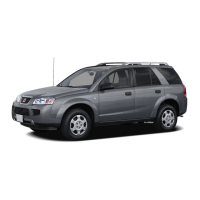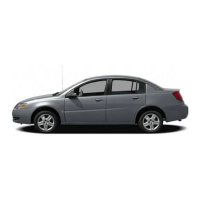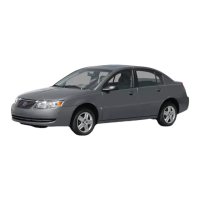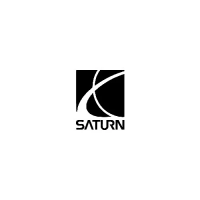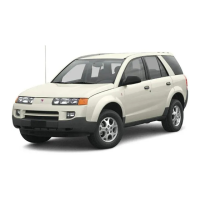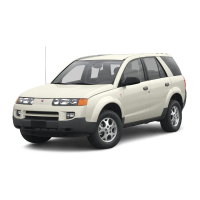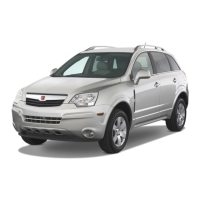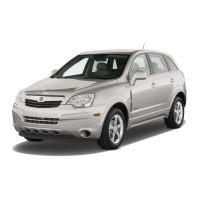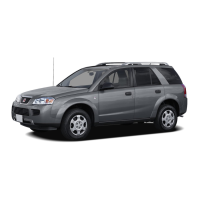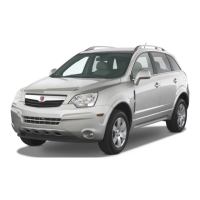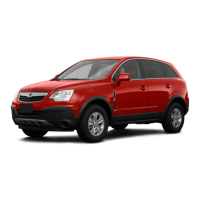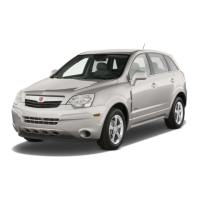To remove the child restraint, if the top tether is attached
to the top tether anchor, disconnect it. Unbuckle the
vehicle’s safety belt and let it go back all the way.
The safety belt will move freely again and be ready
to work for an adult or larger child passenger.
Securing a Child Restraint in the
Right Front Seat Position
Your vehicle has a right front passenger’s airbag. A rear
seat is a safer place to secure a forward-facing child
restraint. See Where to Put the Restraint on page 1-42.
In addition, your vehicle has a passenger sensing
system. The passenger sensing system is designed to
turn off the right front passenger’s frontal airbag
when an infant in a rear-facing infant seat or a small
child in a forward-facing child restraint or booster seat is
detected. See Passenger Sensing System on page 1-67
and Passenger Airbag Status Indicator on page 3-29
for more information on this including important
safety information.
If your vehicle has a rear seat that will accommodate
a rear-facing child restraint, a label on your sun
visor that says, “Never put a rear-facing child seat in
the front.” This is because the risk to the rear-facing
child is so great, if the airbag deploys.
{CAUTION:
A child in a rear-facing child restraint can be
seriously injured or killed if the right front
passenger’s airbag inflates. This is because
the back of the rear-facing child restraint
would be very close to the inflating airbag.
Even though the passenger sensing system is
designed to turn off the passenger’s frontal
airbag if the system detects a rear-facing child
restraint, no system is fail-safe, and no one
can guarantee that an airbag will not deploy
under some unusual circumstance, even
though it is turned off. We recommend that
rear-facing child restraints be secured in the
rear seat, even if the airbag is off.
If your vehicle does not have a rear seat that will
accommodate a rear-facing child restraint, never put
a child in a rear-facing child restraint in the right
front passenger seat unless the passenger airbag
status indicator shows off. Never put a rear facing
child restraint in the right front passenger seat unless
the airbag is off.
1-54
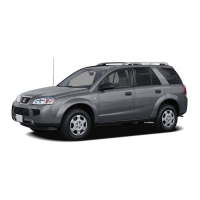
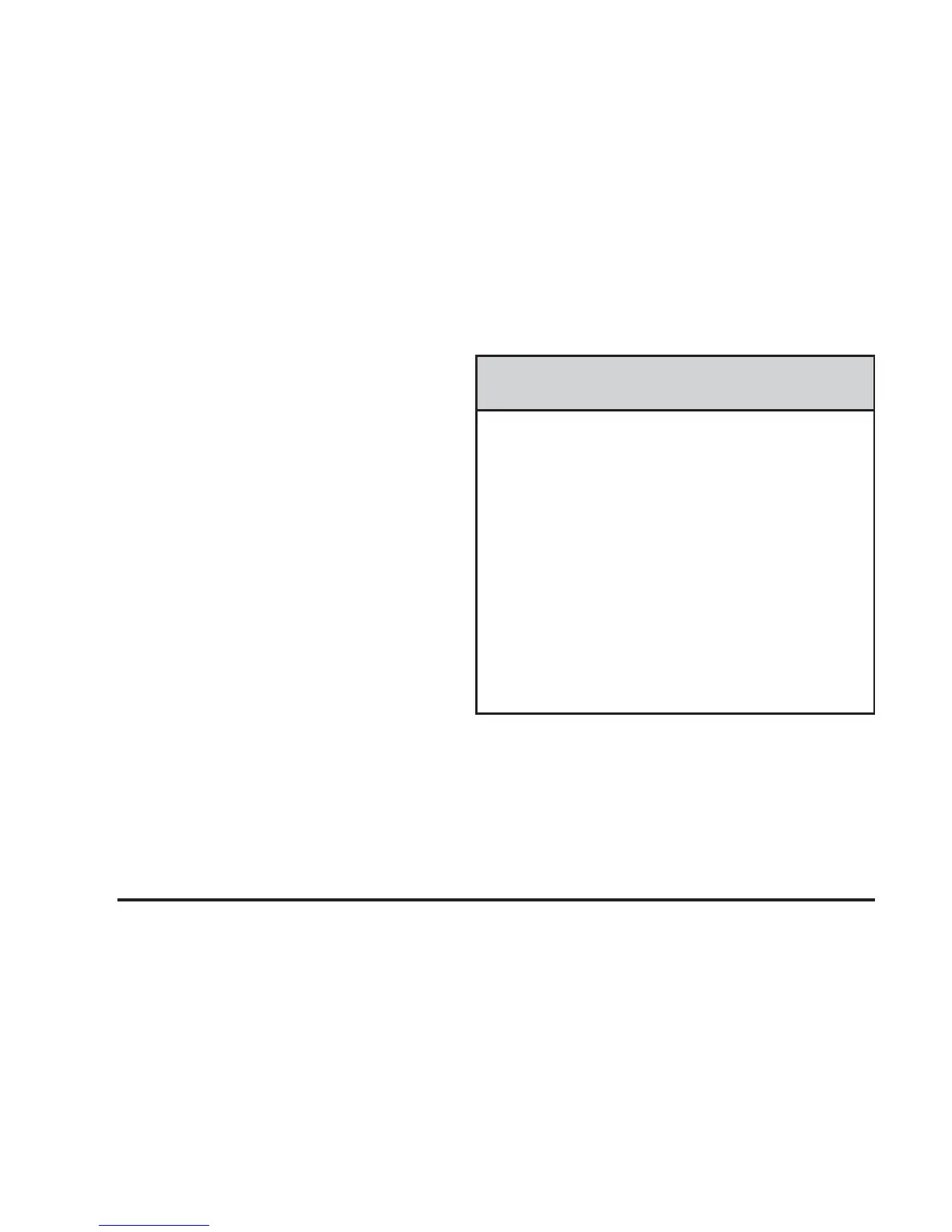